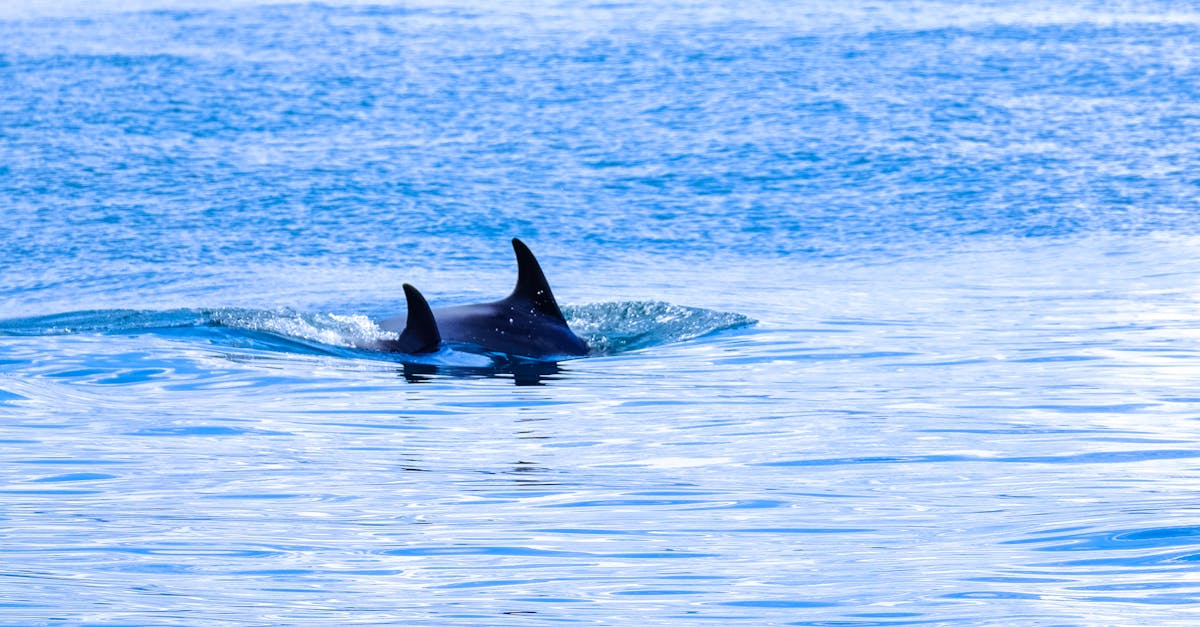Nauru
- Nauru, a small island nation in the Pacific, is selling citizenships to raise funds for climate adaptation.
- The initiative aims to relocate 10,000 residents from vulnerable coastal areas.
- Citizenship costs at least $140,500, offering visa-free travel to countries like the UK, Singapore, and Hong Kong.
- Nauru’s plan involves developing a new township, farms, and workplaces on reclaimed land in the island’s interior.
- Proceeds will help fund the “Higher Ground Initiative,” a project to combat rising sea levels and extreme weather events.
- The initiative follows similar efforts by Dominica.
- Nauru’s phosphate mining has left much of the island uninhabitable.
- Previous citizenship programs faced criticism for potential misuse by criminals.
- Nauru is taking precautions to avoid past vulnerabilities.
- The country forecasts raising about $68 million annually from the program.
- The initiative faces funding challenges due to the significant adaptation financing gap globally.
- Nauru’s extreme flooding is predicted to worsen due to rising sea levels.
NDSA: Dam Safety First
- The Supreme Court directed a supervisory committee, chaired by the NDSA head, to address Tamil Nadu’s concerns about Mullaperiyar dam maintenance against Kerala.
- The committee must find a solution acceptable to both states and report back to the court within four weeks.
- The committee needs to meet all stakeholders within a week and address the issues raised.
- Tamil Nadu accuses Kerala of obstructing dam maintenance, citing delays in permissions for materials and machinery, and even routine maintenance like painting and repairs.
- Kerala is denying permission for essential strengthening works, citing forest and wildlife clearances, according to Tamil Nadu.
- Tamil Nadu wants the committee to direct Kerala to allow strengthening works, grouting, and tree removal.
- A previous Kerala proposal to decommission and rebuild the dam was rejected.
- The NDSA, a statutory body under the National Dam Safety Act, 2021, oversees and regulates dam safety.
- The body formulates policies and guidelines for dam construction, maintenance, and operation.
- NDSA has the power to resolve disputes between state dam safety organizations or between organizations and dam owners.
- The NDSA promotes dam safety awareness programs and ensures emergency response plans are in place.
research, was created by Nvidia, Arc Institute, and Stanford University.
It’s the largest publicly available AI model for genomic data, trained on nearly 9 trillion nucleotides from over 128,000 organisms.
Evo 2 was built on the NVIDIA DGX Cloud platform using 2,000 Nvidia H100 processors on Amazon’s cloud infrastructure.
The system accurately identified 90% of potentially harmful mutations in the BRCA1 gene.
Evo 2 can be used for various biomolecular research applications, including predicting protein function, identifying new molecules, and evaluating gene mutation effects.
Applications include healthcare, agricultural biotechnology, and materials science.
Evo 2 is freely available through Nvidia’s BioNeMo platform.
The technology promises to accelerate biological research, making biological design more accessible and efficient.

